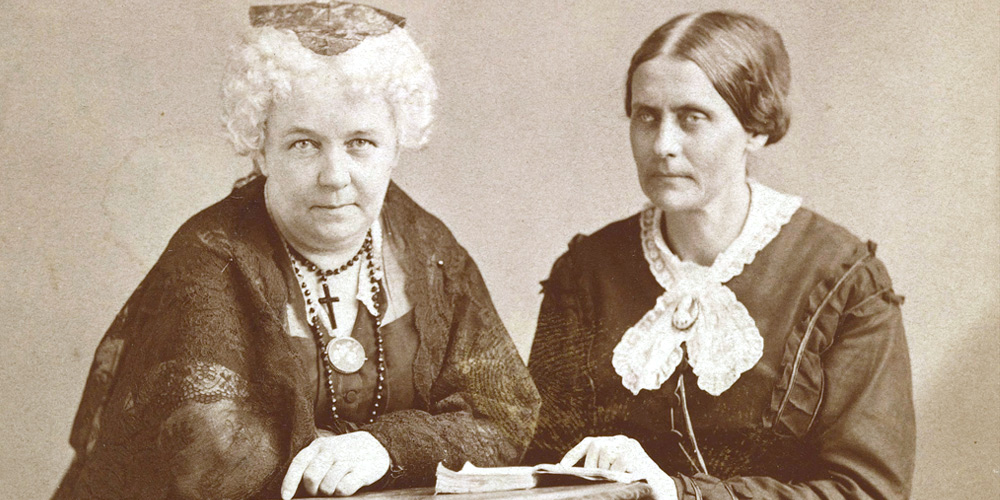March is Women’s History Month, and we were delighted to learn about the role of tea in the 72-year organized struggle for the women’s right to vote.
It all started with a tea party on July 9, 1848, when Jane Hunt invited four women to her house in Waterloo, New York for tea: Elizabeth Cady Stanton, Lucretia Mott and her sister Martha Wright, and Mary Ann McClintock.
Stanton and Mott had met previously in London in 1840, where they attended the World Anti-Slavery Convention. Mott was an official American delegate, and Stanton was on her honeymoon with her husband, an ardent abolitionist. However, both women were shocked to discover they’d have to sit in a roped-off gallery and that they couldn’t speak or vote.
“As Mrs. Mott and I walked home arm in arm, commenting, on the incidents of the day,” Stanton said, “we resolved to hold a convention as soon as we returned home, and to form a society to advocate the rights of women.”
Eight years later, they finally got their chance to organize it. Most of the women at the small gathering were Quakers frustrated by their church’s refusal to engage in social justice issues, including slavery and women’s rights. Months earlier, they had established the Progressive Friends group, which allowed women and men to worship together and increased the influence of women in the faith.
Now, while sipping tea, they lamented their inability to get an education or vote; regardless of their marital status, their wages and property belonged to the men in their lives. “I poured out, that day, the torrent of my long-accumulating discontent,” Stanton recalled.
They drafted an ad that day to publish in a local paper encouraging people to gather in Seneca Falls 10 days later for “a Convention to discuss the social, civil and religious condition and rights of women.”
Hundreds of people attended the Seneca Falls Convention, during which they drafted an agenda and an organizing document, the Declaration of Sentiments.
Stanton opened with this speech:
“We are assembled to protest against a form of government, existing without the consent of the governed—to declare our right to be free as man is free, to be represented in the government which we are taxed to support, to have such disgraceful laws as give man the power to chastise and imprison his wife, to take the wages which she earns, the property which she inherits, and, in case of separation, the children of her love.“
Elizabeth Cady Stanton
After 72 years of organized struggle, women finally won the right to vote in 1920 when the 19th Amendment was passed. We are forever indebted to those tireless and steadfast activists for bringing us a step closer to equal rights. And of course, we’d like to thank our favorite beverage for its role in the suffragette movement.
References:
- Elizabeth Cady Stanton – Biography on History.com
- Quaker Influence – Article on nps.gov
- Seneca Falls Convention – Article on History.com
- Elizabeth Cady Stanton – Biography on Biography.com
- 19th Amendment – Article on History.com

